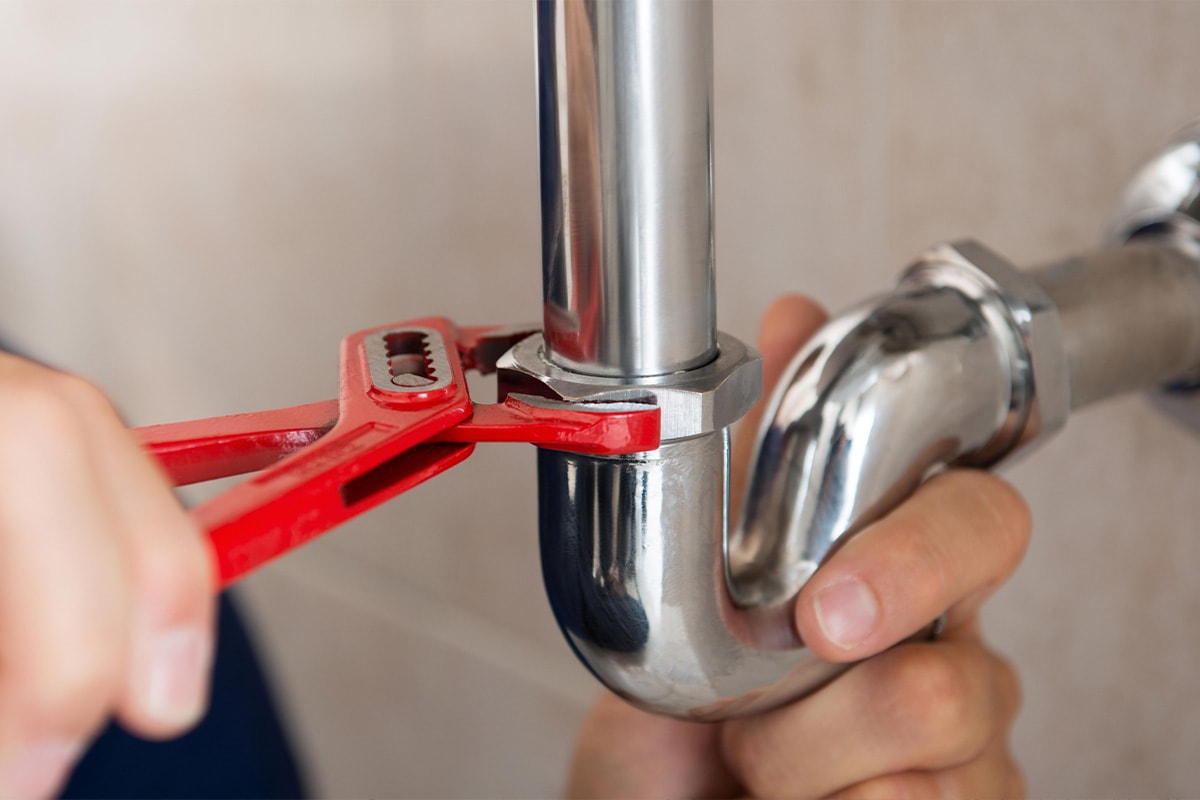Water softeners are extremely effective devices used to improve the quality of water in our homes. However, many homeowners wonder if it is possible to install a water softener without access to a drain. This question is quite understandable, because not every house has easy access to a sewage system or a natural drain.
At the outset, we must emphasize that all ion exchange water softeners, regardless of their type or model, require drain access. Without access to the sewage system, you cannot install a water softener.
How do water softeners work?
Water softeners work on the principle of ion exchange. It is a process in which the calcium and magnesium ions responsible for water hardness are converted into sodium ions. This process takes place in a softener tank filled with special resins.
After some time, the resin in the tank begins to lose its ability to soften the water. Then it is necessary to carry out the regeneration process, which consists in rinsing the resins with brine. This brine, containing calcium and magnesium ions, must be discharged somewhere - hence the need to connect the softener to the drainage system.
Why does a water softener need a drain?
As mentioned earlier, the water softener regeneration process requires rinsing the resins with brine. This brine, after rinsing the resins, becomes unnecessary waste that must be discharged. Without direct access to the drainage system, there is no way to effectively remove this brine.
This means that even the most modern and advanced water softeners, operating on the principle of ion exchange, require access to the water drainage system. Without this, the regeneration process cannot be carried out and the water softener will not be able to effectively soften the water.
Alternatives to drain water softeners
For people who do not have the possibility to connect the softener to the drain system, one of the solutions may be to install a reverse osmosis system. These types of devices are usually mounted under the sink in the kitchen and work on the principle of reverse osmosis, which allows the removal of most harmful substances and mineral salts, including calcium and magnesium ions.
Water purified in this way is ideal for drinking and cooking. It is worth remembering, however, that the reverse osmosis system does not soften the water throughout the house, but only at the point of installation, which is usually under the sink in the kitchen.



